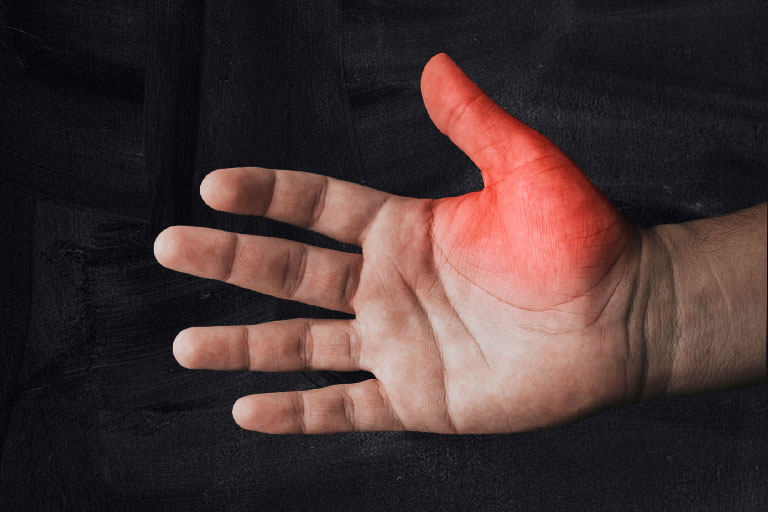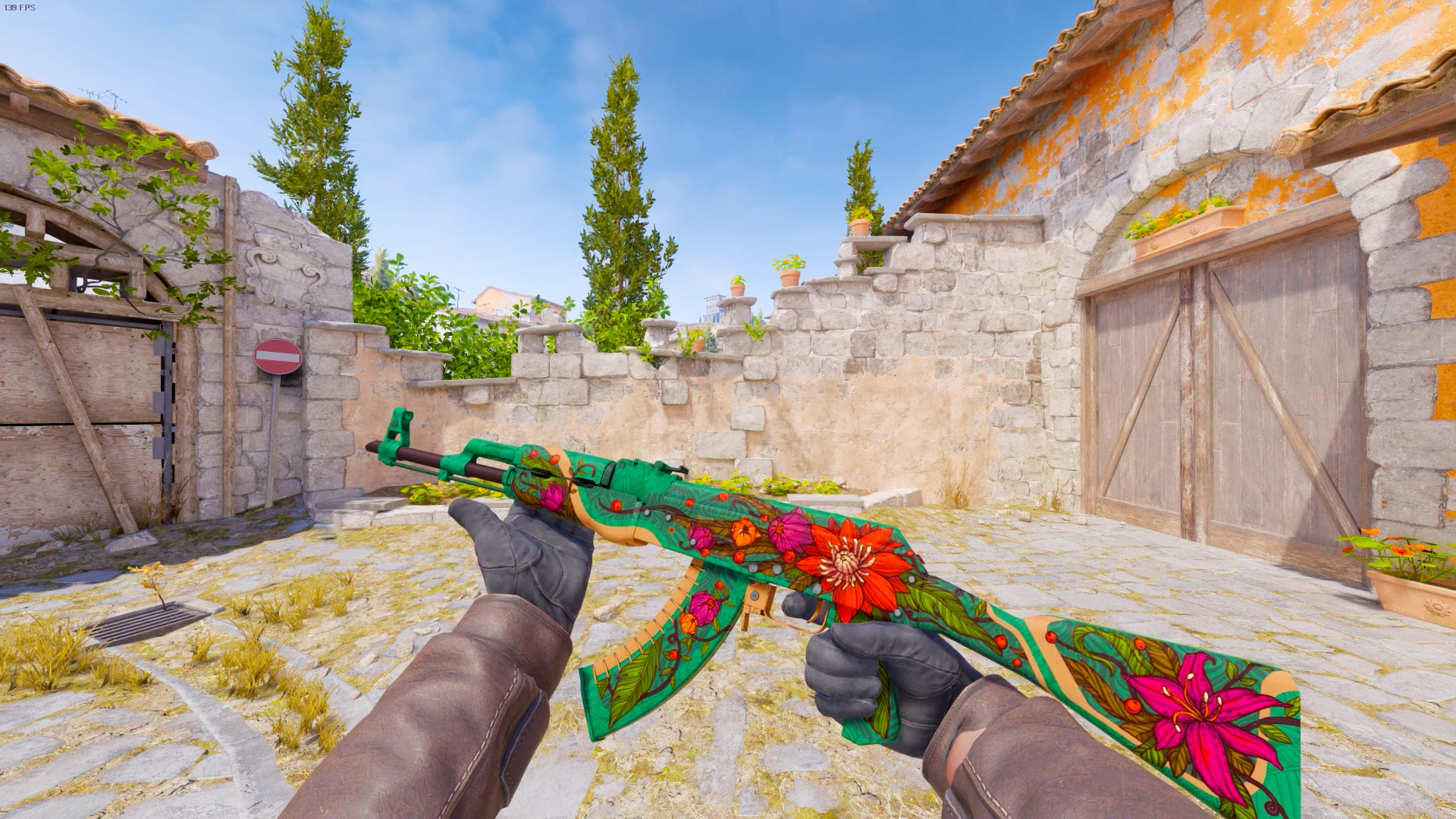What is GAMER’S THUMB?
As a physiotherapist, I understand how important it is to take care of your hands and fingers as a gamer, especially if you’re spending a lot of time in front of the computer.
One common condition that can affect gamers is Gamer’s Thumb, also known as “Radial Styloid Tenosynovitis”. This condition occurs when the tendons in your thumb become inflamed, causing pain and discomfort.
In this article, we’ll explore the anatomy of your hand, the causes of Gamer’s Thumb, what signs and symptoms you should look out for, and some great tips on how to prevent and rehabilitate this condition.

ANATOMY OF THE HAND
Your hand has a complex structure that is made up of bones, muscles, tendons, and ligaments. The muscles in your hand are responsible for moving your fingers and thumb. The tendons connect your muscles to your bones making them able to move. Ligaments are tough bands of tissue that connect your bones together. They provide support and stability to protect from injury.
CAUSE AND REASON OF GAMER’S THUMB
Gamer’s Thumb is caused by repetitive stress on your thumb and wrist making the tendons inflamed with overuse. This can happen when you’re playing for long periods of time, using a mouse or keyboard that requires a lot of thumb movement. The risk of developing Gamer’s Thumb increases a lot if you are gripping your mouse too tightly, or your wrist is bent at an awkward angle
SIGNS AND SYMPTOMS OF GAMER’S THUMB
Before the condition turns into a real injury, your body often show signs or symptoms that can help you identify what is wrong.
The signs and symptoms of Gamer’s Thumb can include:
- You may feel discomfort or soreness on the lateral side of your wrist or thumb which is closer to your forearm.
- Your wrist or thumb may appear swollen, red, or feel warm to the touch.
- You may have trouble moving your thumb or wrist, or they may feel stiff or achy.
- You may experience a sensation of pins and needles, or your thumb or fingers may feel numb.
If you’re experiencing any of these symptoms, it’s important to give your hands some rest and give attention to finding a possible solution. Ignoring the symptoms of Gamer’s Thumb can lead to further complications and potentially long-term damage.
PREVENTION AND TREATMENT OF GAMER’S THUMB
Preventing Gamer’s Thumb starts with good hands and wrists posture and taking regular breaks from gaming to rest and recover. This will limit the repetitive thumb and wrist movements that cause stress on your thumb and wrist. You should also use ergonomic equipment that reduces strain on your hands and fingers.
If you do develop Gamer’s Thumb, the first step is to rest your hands and avoid any activity that make your symptoms worse. Applying ice to the affected area can help reduce pain and inflammation. When possible you should start building strength and capacity in your hands and wrists. It’s always best to consult with a professional to find what treatment fits your needs.

EXERCISES TO PREVENT AND TREAT GAMER’S THUMB
The following exercises and stretches can, when used correctly, be an important part of the prevention and treatment of Gamer’s Thumb. If you experience any pain or discomfort during these exercises, stop immediately and consult with your doctor or physical therapist.
Thumb opposition
- Raise your affected hand and straighten your fingers and thumb, pointing them all straight up.
- Touch the base of each finger with your affected thumb, one at a time. Y
- Keep your other fingers as straight as possible
- Repeat the sequence 5 to 10 times.
Thumb Stretch
- Hold your affected hand straight out in front of you with your thumb pointing up
- Use your other hand to gently pull your thumb back towards your wrist. Stop when you feel a stretch
- You should feel a stretch
- Hold the stretch for 20 to 30 seconds, release and repeat 3-4 times.
Wrist Flexor Stretch
- Hold your affected hand straight out in front of you with your palm facing up
- Use your other hand to gently bend the affected wrist, pointing your fingers toward the floor
- You should feel a stretch on top of your wrist and forearm
- Hold the stretch for 20 to 30 seconds, release and repeat 3-4 times.
Wrist Extensor Stretch
- Hold your affected hand straight out in front of you with your palm facing down
- Use your other hand to gently bend the affected wrist, pointing your fingers toward the floor
- You should feel a stretch on top of your wrist and forearm
- Hold the stretch for 20 to 30 seconds, release and repeat 3-4 times.
The above information is for educational purposes only and is not intended to replace any advice from your doctor. CS LAB is not responsible for any use of these exercises causing any damage.
You might also like

5 Typical Challenges Gamers Face

6 Science Based Tools to Improve Your Gaming Focus and Concentration

All you need to know about reaction time
